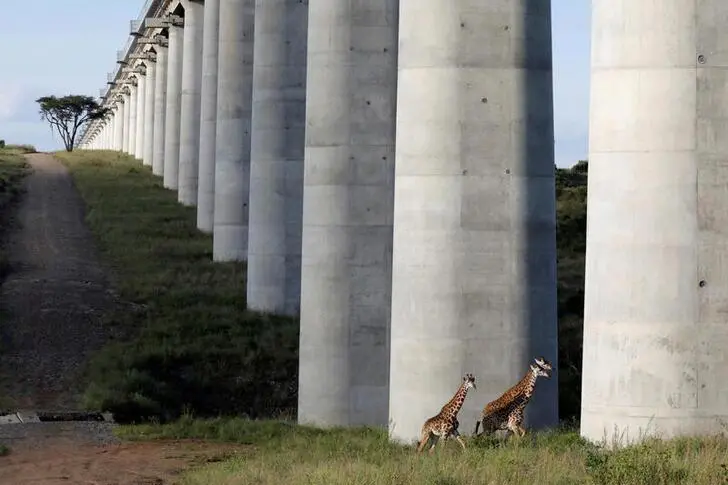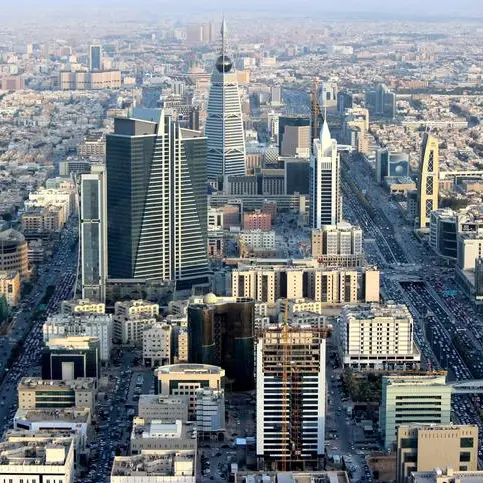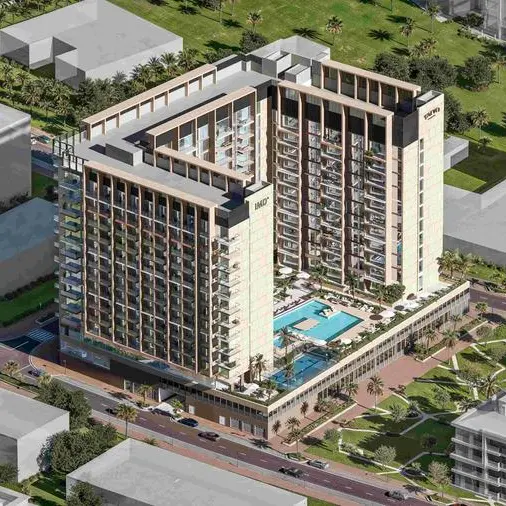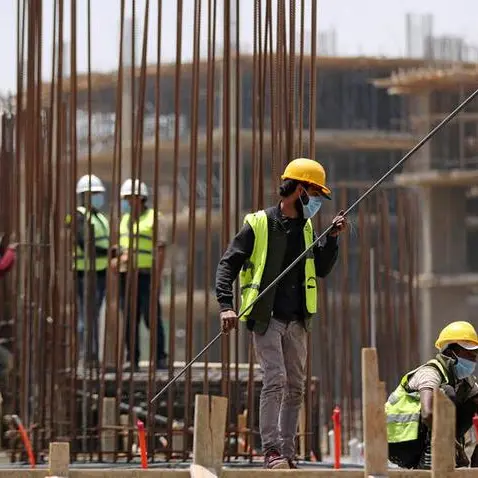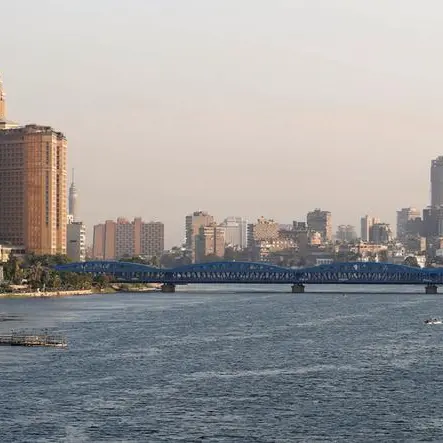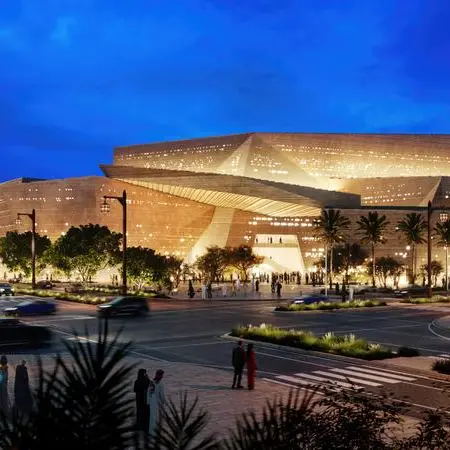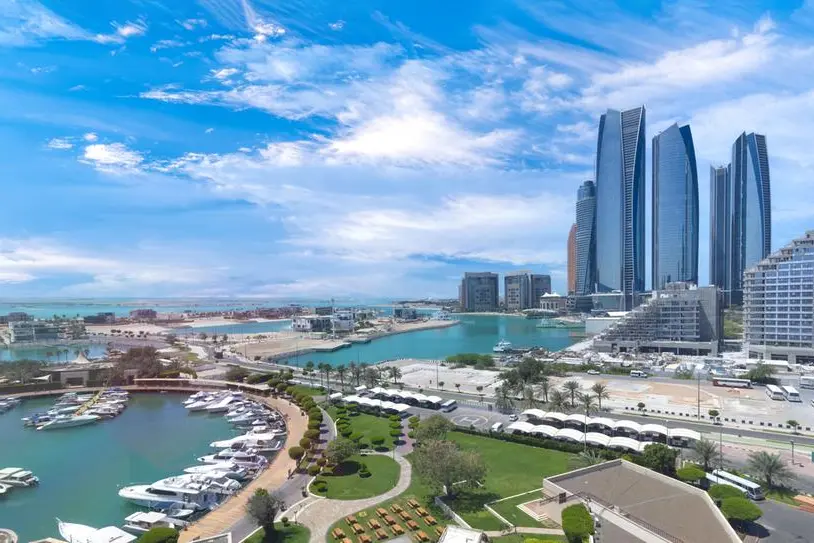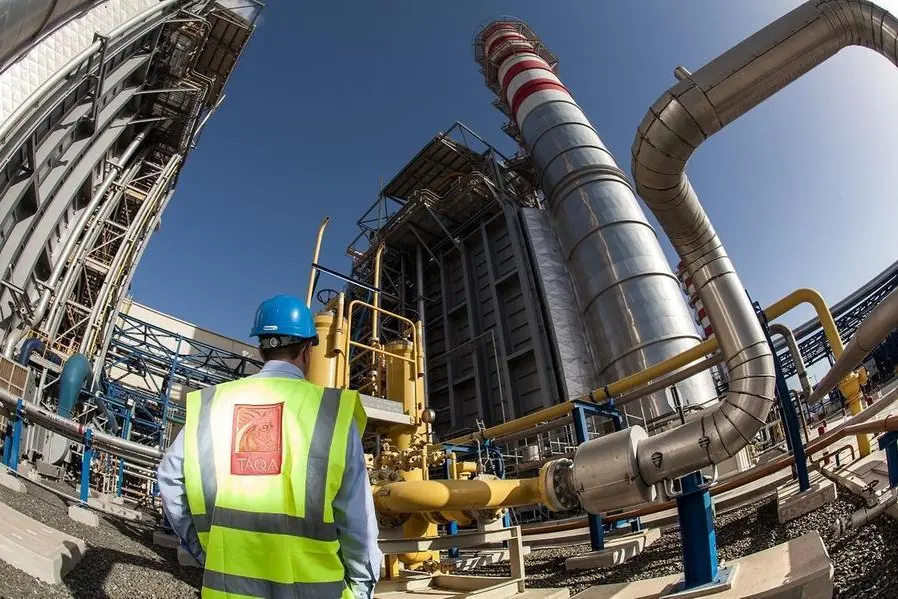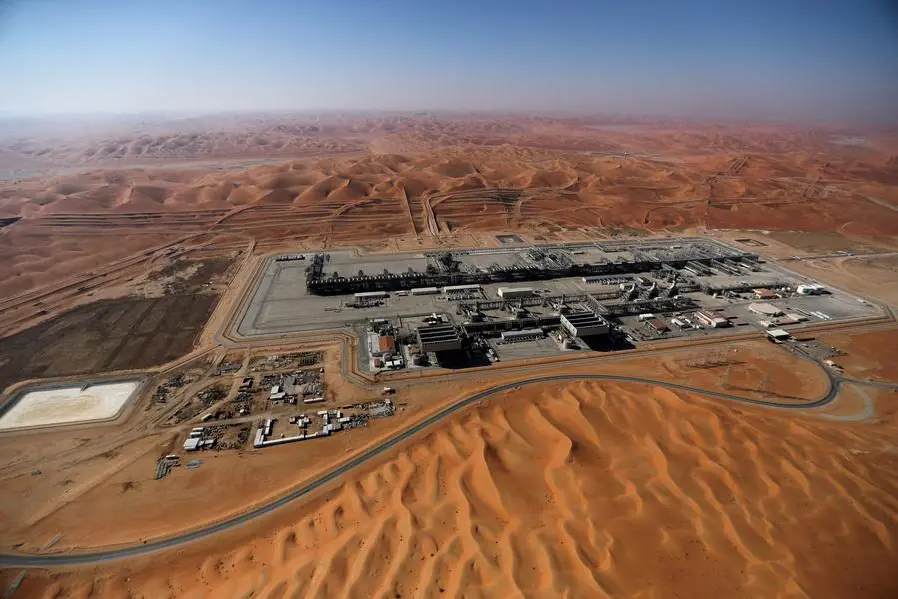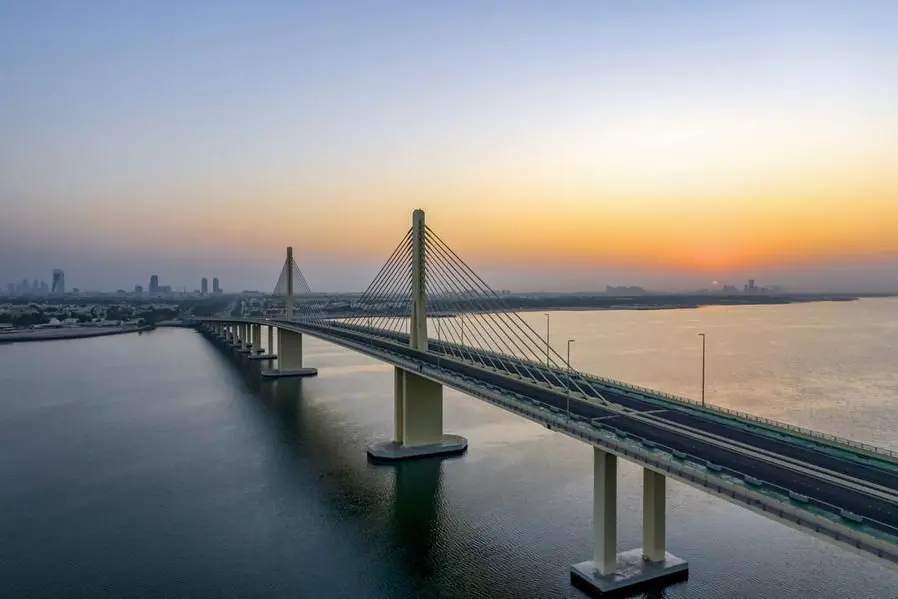PHOTO
Giraffes cross under the bridge of the Standard Gauge Railway (SGR) line inside the Nairobi National Park in Nairobi, Kenya, May 25, 2020.
Kenya will need at least Ksh2.4 trillion ($16 billion) to construct a proposed Standard Gauge Railway (SGR) on the Lamu Port-South Sudan-Ethiopia-Transport (Lapsset) corridor, according to projections by the Kenya Railways Corporation.
According to the parastatal, it would cost Ksh523.05 billion ($3.49 billion) to build a 544.4 kilometre SGR link to connect Lamu and Isiolo and a further Ksh476.7 billion ($3.178 billion) to extend the line from Isiolo to Moyale over a distance of 475.9km.
The largest spending would be on constructing the SGR line from Isiolo to Nakodok town on the border between Kenya and South Sudan over a distance of 753.2km at a cost of Ksh664.65 billion ($4.431 billion).
Kenya Railways has estimated that a further Ksh358.8 billion ($2.392 billion) will be required to link Isiolo and Nairobi via SGR over a distance of 278.6km and a further Ksh385.95 billion ($2.573 billion) for the 325.35km stretch between Lamu and Mariakani.
The entire stretch will cover a total of 2,377.45km, translating into a cost of Ksh1 billion ($6.667 million) for every kilometre of the SGR.
Currency fluctuation
But the cost of undertaking such a colossal venture, which would be by far the most expensive in Kenya’s history, will be far higher than Kenya Railways’ estimates considering the company did the costing at an exchange of Ksh150/US dollar.
The parastatal has nonetheless expressed confidence in raising Ksh275.9 billion ($1.84 billion) or 11.4 percent of the total project cost by the financial year 2027/28 through funding from the government, collections from the Railway Development Levy Fund (RDLF) and loans.
Kenya in 2014 began construction of Phase 1 of the SGR line between Mombasa and Nairobi covering 472km. Phase 2A Nairobi-Naivasha (120km) was constructed in 2017. The project was funded by a $5.08 billion loan from China.“The SGR line has led to expansion of the Inland Container Depot (ICD) in Nairobi at Embakasi, and construction of the ICD - Naivasha at Mai Mahiu,” said Kenya Railways.
The firm added: “This has contributed to decongestion of the seaport of Mombasa and facilitated seamless transit of goods destined to Western Kenya and neighbouring countries.”Already, two studies have been undertaken to explore the feasibility of a Lapsset corridor railway by Japan Port Consultants in 2009 and China Civil Engineering Construction Company (2015). The latter study estimated the cost of the project at $10.4 billion with a financial rate of return of between nine percent and 12 percent.
The proposal to build an SGR line along the Lapsset corridor is however not feasible yet as the Lapsset project has failed to take off due to lack of funding as well as insecurity. Kenya is also facing a huge debt pile which has been worsened by the rapid depreciation of the Kenyan shilling leading to a surge in foreign currency external loans.
© Copyright 2022 Nation Media Group. All Rights Reserved. Provided by SyndiGate Media Inc. (Syndigate.info).
